#CorporateStrategy
Toyota Ramps Up Electrification Timeline, Outlines Nuanced Strategy
Following announcements that Toyota would be working on a shared electric vehicle platform with Subaru, as well as a jointly developed crossover, the brand conducted a press conference on Friday regarding its decision to “popularize BEVs.” While the announcement didn’t deal with the specifics of cutting-edge tech, auxiliary business opportunities, or even a total shift toward battery electric vehicles, it did represent a major commitment from a manufacturer that’s notoriously cautious in its decision making.
Opening the conference, Executive Vice President Shigeki Terashi focused largely on the challenges of electrification. Terashi said Toyota’s intent has always been to support “social progress” and curb CO2 emissions while acknowledging that it had only made formal commitments to electrification within the last couple of years. However, he showed that the automaker has been busy within that time, and had several initiatives in the works aimed at repositioning Toyota as a mobility brand, by outlining the company’s extremely complex EV strategy.
Buckle up, because there is a lot to this — including some new cars.
General Motors Says Not To Worry, It'll Make Money With Electric Cars
There are a number of things holding up the electric revolution, but one of the biggest obstacles is the high sticker price of battery-powered vehicles compared to internal combustion rivals. General Motors recognizes this wants to reassure potential customers that this won’t be the case forever. On Wednesday, GM President Mark Reuss told the UBS Global Industrials and Transportation Conference that his company will deliver “very average transaction prices” for battery driven vehicles sooner than anticipated.
Many analysts fingered 2025 as the first year we could realistically expect electric cars to fall in line with their ICE counterparts in terms of price. But those earlier predictions are now under fire from world events — notably, uncertainty surrounding the world’s ability to mine the necessary materials at scale, plus a trade war involving one of the world’s largest battery producers.
Cadillac Claims Hardcore V-Series Vehicles Are Incoming
Cadillac seems to have realized that it screwed up with the new V-Series models it debuted late last week. When the CT4-V and CT5-V were revealed on Thursday, both came with specs that made us wonder why General Motors thought these should be the cars replacing the V-Series variants of the CTS and ATS sedan. Fans of the brand noticed and most automotive outlets were forced to write head-scratching articles about why the twin-turbo 3.0-liter V6 will be a suitable replacement for the CTS-V’s big, Corvette-sourced 6.2-liter motor — which makes oodles more power and torque.
Part of this cannot be helped. Environmentalism and an increasingly global marketplace are encouraging automakers to scale down displacement sizes and pair internal-combustion engines with more hybrid tech and forced induction. But it hasn’t changed Cadillac’s problem of delivering a pair of vehicles that appear much weaker on paper than the automobiles they’re essentially replacing. As a result, the company is attempting to reassure customers that these won’t be the only V-Series models on offer.
Playing Both Sides: How Toyota Is Rolling With the Trade War Punches
While it’s difficult to muster sympathy for giant corporations, the trade war current raging between the United States and China has left many stuck in an industrial limbo. Automakers want a bigger slice of the global market, but putting your eggs in either country’s basket will result in repercussions from the other.
We’re not saying this to promote some kind of commiseration for multinational companies; rather, it’s simply to remind everyone of how the auto industry has to conduct its business. Frequently, carmakers must play both sides. Toyota, already one of the world’s largest automakers, knows this better than anyone, and new documents shed light on some of the cloak-and-dagger aspects of maintaining its high-volume position.
You Can't Blame Volkswagen for Trying
On Tuesday, Volkswagen announced its plan to assemble 600,000 electric vehicles utilizing the brand’s MEB platform at two plants in China. The facilities, said to be located in the cities of Anting and Foshan, will help bolster EV volume after the completion of VW’s Zwickau plant in Germany — which the company previously claimed would manufacture 330,000 cars annually.
While that facility is nearing completion and supposed to be up and running before 2020, there’s no firm timeline in place for China. But that’s the least of the issues Volkswagen must solve in order to make this dream a reality.
CEO of Embattled Jaguar Land Rover Explains the Road Ahead
Last week, we examined the precarious situation impacting the way Jaguar Land Rover does business. If you want the abridged version, JLR isn’t sure what to do about Brexit, overestimated the Chinese market, and is concerned with tightening emission rules in Europe. The company’s now mulling the layoff of a sizable portion of its workforce to stem financial losses while parent company Tata considers what life might be like if it sold off its British properties.
Refreshingly, JLR isn’t secretive about its problems and doesn’t attempt to spin them into something positive. It knows it’s confronting real problems. It wants us to know that, too.
Subaru's Sales Success Comes With a Big Side of Trouble
Subaru’s sales in the United States effectively tripled in the past decade, making it the most important market for the brand by a wide margin. However, the automaker has had to expend quite a bit of energy in its home country of Japan to address recalls and regulatory scandals over the last few years.
While the duality hasn’t caused issues on a global scale, many observers wonder how long its good fortune will last. In America, Subaru is a feel-good brand that uses love as a core marketing concept to improve sales. In Japan, it has become synonymous with overworking employees lacking compensation, regulatory scandals, sudden work stoppages, and recalls. Many believe it’s only a matter of time before Subaru of America will have to contend with Japan’s issues, and evidence exists that problems are already beginning to surface in the West.
Electric Ambitions: Can Volkswagen Pull Off Its Aggressive EV Strategy?
Following its diesel emissions scandal, Volkswagen leaned hard into electrification. The automaker needed to look environmentally conscious after being caught cheating on emissions tests, and promising a glut of electric vehicles seemed like a good way to accomplish that goal. Of course, building EVs also allows companies to offset fleet-wide emissions — protecting the existence of highly profitable crossovers using the internal combustion engines that most people still prefer.
However, Volkswagen isn’t talking about chucking in a few zero-emission vehicles under its I.D. sub-brand. Back in 2017, the automaker promised $84 billion for EV development after announcing an initial investment of $10 billion. VW Group subsidiaries like Audi and Porsche are busy readying electrics of their own. While incredibly ambitious, the swift change in direction means Volkswagen is effectively gambling with its future.
Ford CEO Issues No-nonsense Letter to Employees, Seeks Doubling of Profits
Ford’s chief executive, Jim Hackett, told employees Thursday evening that 2019 cannot be a repeat of last year.
“2018 was mediocre by any standard,” Hackett said in an email to employees. “Yes, we made $7 billion last year. But think of it this way: this represents a 4.4 percent operating margin, about half what we believe is an appropriate margin. So we are aiming for much closer to $14 billion.”
Despite being at the helm of The Blue Oval for nearly two years. Hackett’s Ford continues to endure a slipping share price and a market cap of 34.5 billion — substantially less than General Motors’.
“I become mad for a short time. Likely mad at myself, but also because I know we are better than that,” the CEO said of Ford’s current situation. “I know that our competition hasn’t been better than us by magic.”
'This Is Pretty Much It': New GM President Acknowledges Cadillac's Last Chance For Glory
Cadillac is at a crossroads. While the brand has enjoyed growth in Asia, domestic volume never fully recovered from the Great Recession. It’s come back a bit, with sales dipping and rising between years, but hasn’t managed to keep pace with the overall market. As of 2018, Cadillac possesses the lowest share of the U.S. market in the brand’s recorded history. Fortunately, the fourth-quarter arrival of the XT4 helped to Cadillac stabilize sales as the year drew to an end.
However, General Motors wants the luxury arm to become a legitimate success and prove the automaker’s effort to develop advanced powertrains and new technologies weren’t in vain. Cadillac is positioned to become manufacturer’s leading electric brand and GM’s newly appointed president, Mark Reuss, has acknowledged this is sort of its last chance at greatness.
Ford's Chariot Program Didn't Last Very Long
Chariot, Ford’s app-based shuttle service, has announced it will throw in the towel due to the rapidly changing “mobility landscape” of major cities. When the company launched in 2014 with Jim Hackett at the helm, it joined a bundle of “microtransit” firms hoping to undercut brands like Uber while providing a viable alternative to public transportation.
Ford acquired the company in March of 2016 for a reported $65 million, proving that not every mobility firm can be a golden goose. It snagged Hackett and made him Ford CEO roughly a year later, where he continued to oversee Chariot as chairman of the automaker’s Smart Mobility subsidiary. Unfortunately, the service is no longer deemed sustainable.
On the upside of things, this ought to put a few coins in the jar labeled “Restructuring Program” at Ford’s Dearborn headquarters.
Video: Elon Musk Admits Tesla Almost Died Over the Summer
According to Tesla CEO Elon Musk, the automaker was teetering on the edge of disaster earlier this year. “Tesla faced a really severe threat of death due to the Model 3 production ramp,” Musk told Axios during a video interview on HBO. “Essentially the company was bleeding money like crazy and just if we didn’t solve these problems in a very short period of time, we would die. And it was extremely difficult to solve them.”
Musk said Tesla was within “single-digit weeks” of an unrecoverable catastrophe. While we appreciate his present candor, the assertion doesn’t mesh with comments made earlier.
In fact, Elon was down on the automotive firm needing more funds every since it posted its 2011 financial results. “Tesla does not need to ever raise another funding round,” he said in response to a question on the company’s cash position back in February of 2012. “We may want to do so, but we are in a strong cash position, and we don’t need to.”
What Does Ford Look Like As a Mobility Company?
These days, every automaker is in the midst of a metamorphosis, eager to emerge from their chrysalis as a “mobility company.” Even brands that don’t seem bent on completely revolutionizing their business model now use the term in reference to themselves.
Ford, which has positioned itself as a mobility company ever since Mark Fields was steering the ship, is among those pushing the narrative the strongest. Fields may have been fired for having a lofty, tech-focused vision that couldn’t charm investors, but much of it carried over to Jim Hackett’s tenure as CEO. Ford desperately wants to be seen as a cutting-edge nameplate.
However, the assumption among industry experts is that it’s lagging behind General Motors in terms of autonomous driving, electrification, and the ability to tap into alternative revenue streams. We sometimes wonder how accurate those assumptions are.
Time to Stock Up On ElioCoins
Earlier this year, Elio Motors said it would launch its own cryptocurrency as a way of funding its troubled three-wheeler. During the initial ElioCoin announcement in April, Elio also said it partnered with Overstock.com to relieve some of its debt. The website claimed it purchased $2.5 million of the startup’s newly issued shares.
As helpful as a few million dollars would be toward progressing Elio’s goals, the cryptocurrency plan seemed patently ridiculous. We didn’t expect to hear much more about it.
Color us surprised, though. Elio has now formally launched the pre-sale of the ElioCoin Security Token, noting that Patrick M. Byrne — Overstock.com’s founder and CEO — will be the first person to open up his wallet to participate in this strange new offer.
Cadillac Confirms 'It's On' Again
Halfway through the brand’s decade-long turnaround plan, Cadillac President Steve Carlisle says the company is finally ready to paint the town redder than a baboon’s ass. As you’ll no doubt recall, Carlisle took over for Johan de Nysschen after a “ surprise management change” last April.
He’s addressing 900 retailers this week’s Cadillac dealer meeting in Las Vegas. The strategy? Carlisle intends to outline Cadillac’s upcoming products through 2021 — primarily crossovers. For the most part it looks to be steady as she goes, with the new president following de Nysschen’s overall strategy with a few tweaks. Those changes will likely come through the brand’s marketing efforts and some minor adjustments to the 2019 Project Pinnacle retail incentive program. But it could alter the luxury marque’s final lineup, too.



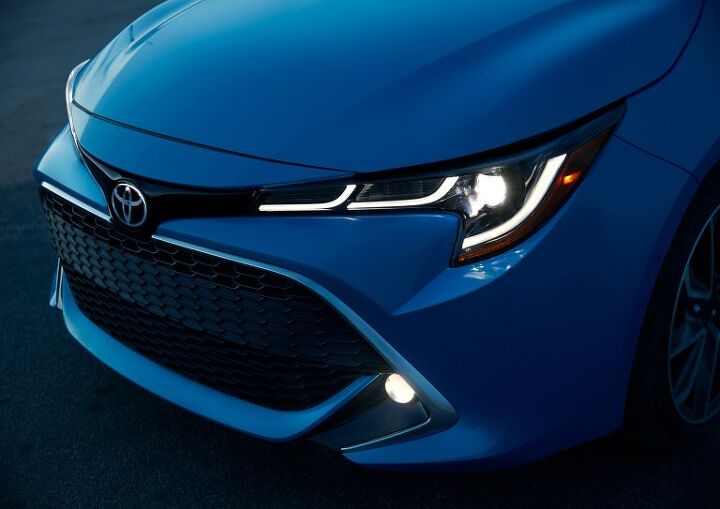



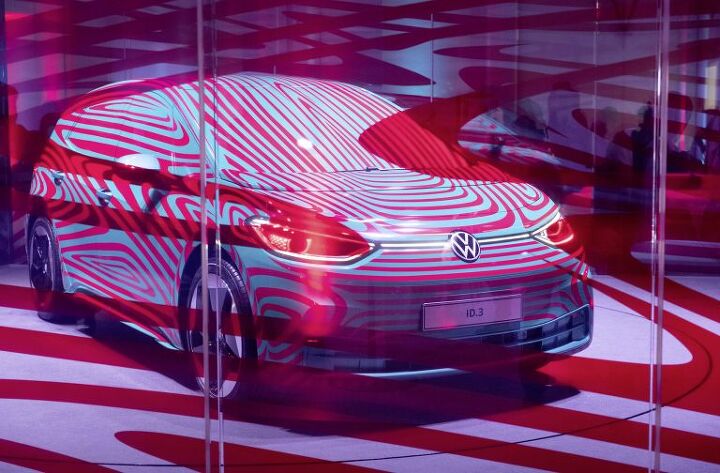


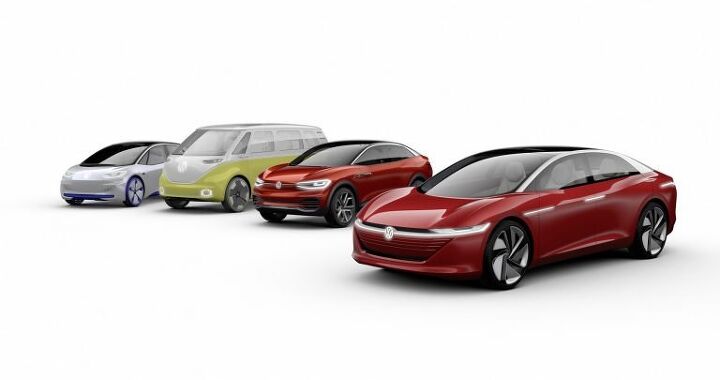


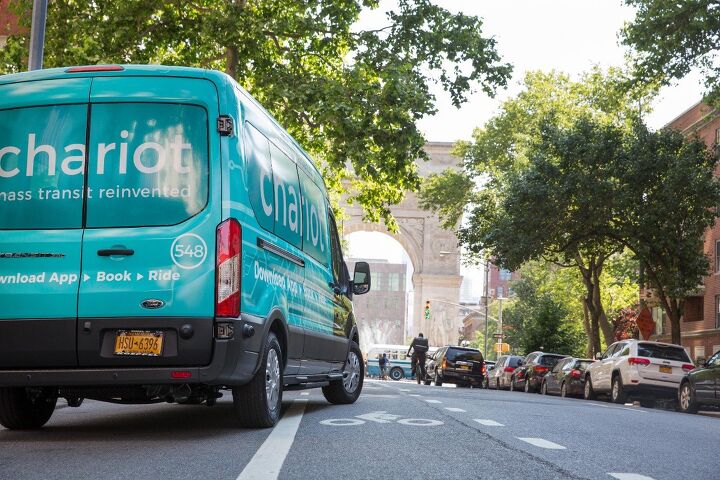


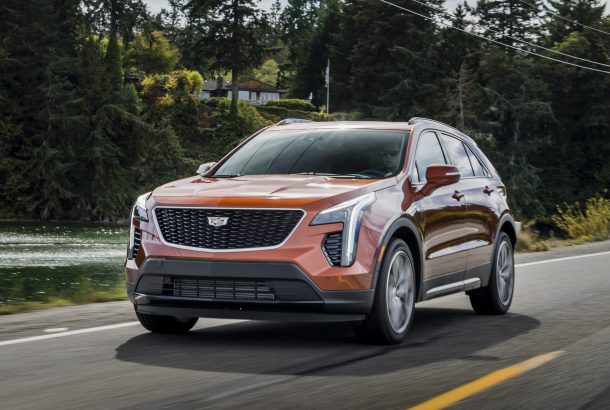












Recent Comments